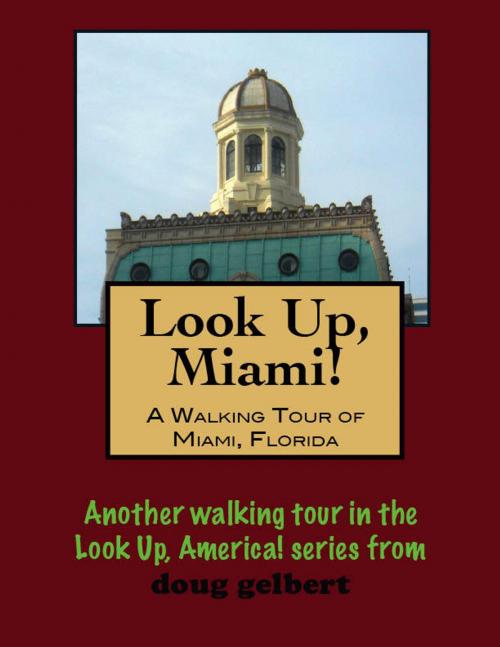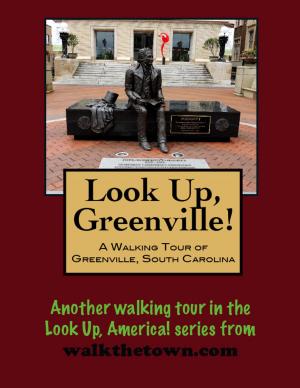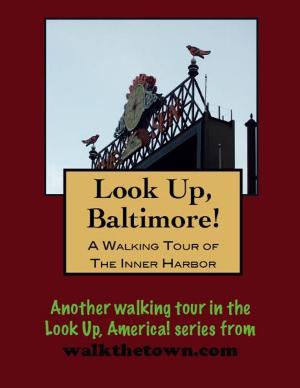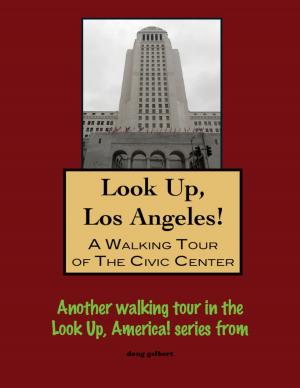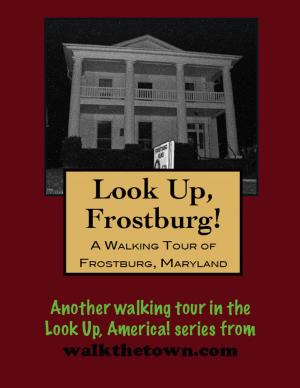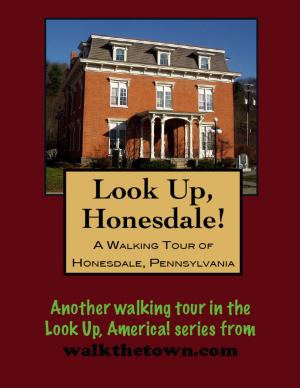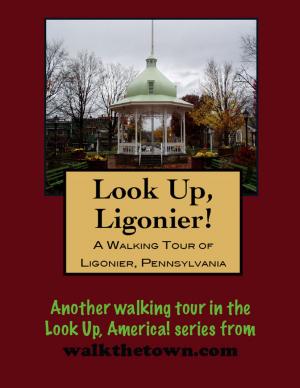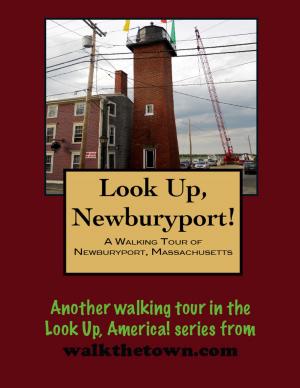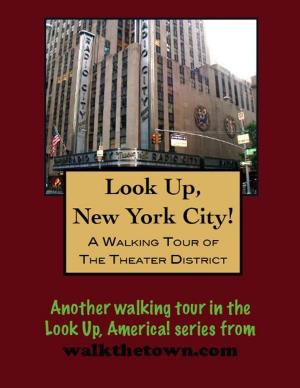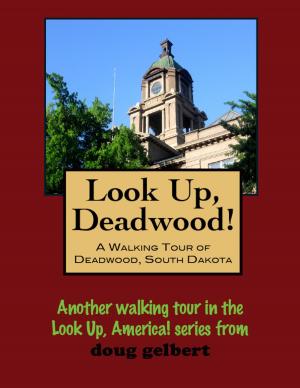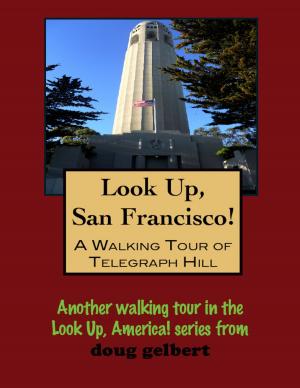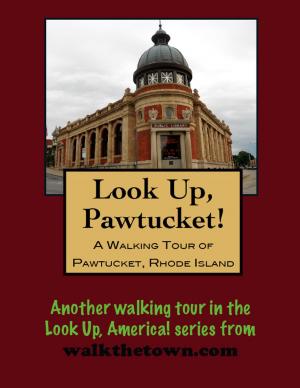| Author: | Doug Gelbert | ISBN: | 9781465938381 |
| Publisher: | Doug Gelbert | Publication: | July 5, 2011 |
| Imprint: | Smashwords Edition | Language: | English |
| Author: | Doug Gelbert |
| ISBN: | 9781465938381 |
| Publisher: | Doug Gelbert |
| Publication: | July 5, 2011 |
| Imprint: | Smashwords Edition |
| Language: | English |
There is no better way to see America than on foot. And there is no better way to appreciate what you are looking at than with a walking tour. Whether you are preparing for a road trip or just out to look at your own town in a new way, a downloadable walking tour is ready to explore when you are.
Each walking tour describes historical and architectural landmarks and provides pictures to help out when those pesky street addresses are missing. Every tour also includes a quick primer on identifying architectural styles seen on American streets.
Before Henry Flagler's East Coast Railway arrived in 1896, the census in Miami could just about have been taken with a show of hands. The settlement that had begun on the north bank of the Miami River a half century earlier, Fort Dallas as it was called, had reached maybe 300 residents. The most prominent of these was a Cleveland heiress named Julia Tuttle who bought up 640 acres of land on the north side of the river where Miami is today and began planting citrus trees.
Almost from the beginning, however, Tuttle was looking beyond her orange groves. She pestered Henry Flagler in numerous letters to extend his railroad down to Biscayne Bay and offered him free land to do so. Flagler was doing just fine in St. Augustine and resisted Mrs. Tuttle's entreaties. Then a great freeze descended on Florida in 1894-1895 that devastated the orange groves in central and northern Florida but did not reach the Miami river. Flagler's railroad was in town the next summer and Miami was incorporated as a new city. The new town would grow steadily but Julia Tuttle would not be around to see it happen. She died of meningitis in 1898 at the age of 49.
The Everglades would be drained and the Dixie Highway would reach Miami from the midwest in 1915 and wealthy northern industrialists began returning from their winter vacations with dreams of south Florida on their mind. After World War I ended Miami was primed to be America's boom town. The population of 30,000 in 1920 doubled by 1923 and doubled again by 1925. Skyscrapers were seemingly rising on every corner of downtown. The boom was residing in 1926 and was deflated totally on September 19, 1926 when a hurricane battered the city. And then the stock market crashed. By 1930 Miami had actually lost almost 25% of its population.
Most of the buildings we will see on our downtown Miami tour are a product of the Boom years or were constructed in the days of recovery in the late 1930s. Many reflect the dominant Mediterranean Revival style or show an adaptation of those elements to other architectural styles. We will start, however, with a building that makes no concessions to its tropical surroundings, a Neoclassical tour de force that would stand proudly in any major American city...
There is no better way to see America than on foot. And there is no better way to appreciate what you are looking at than with a walking tour. Whether you are preparing for a road trip or just out to look at your own town in a new way, a downloadable walking tour is ready to explore when you are.
Each walking tour describes historical and architectural landmarks and provides pictures to help out when those pesky street addresses are missing. Every tour also includes a quick primer on identifying architectural styles seen on American streets.
Before Henry Flagler's East Coast Railway arrived in 1896, the census in Miami could just about have been taken with a show of hands. The settlement that had begun on the north bank of the Miami River a half century earlier, Fort Dallas as it was called, had reached maybe 300 residents. The most prominent of these was a Cleveland heiress named Julia Tuttle who bought up 640 acres of land on the north side of the river where Miami is today and began planting citrus trees.
Almost from the beginning, however, Tuttle was looking beyond her orange groves. She pestered Henry Flagler in numerous letters to extend his railroad down to Biscayne Bay and offered him free land to do so. Flagler was doing just fine in St. Augustine and resisted Mrs. Tuttle's entreaties. Then a great freeze descended on Florida in 1894-1895 that devastated the orange groves in central and northern Florida but did not reach the Miami river. Flagler's railroad was in town the next summer and Miami was incorporated as a new city. The new town would grow steadily but Julia Tuttle would not be around to see it happen. She died of meningitis in 1898 at the age of 49.
The Everglades would be drained and the Dixie Highway would reach Miami from the midwest in 1915 and wealthy northern industrialists began returning from their winter vacations with dreams of south Florida on their mind. After World War I ended Miami was primed to be America's boom town. The population of 30,000 in 1920 doubled by 1923 and doubled again by 1925. Skyscrapers were seemingly rising on every corner of downtown. The boom was residing in 1926 and was deflated totally on September 19, 1926 when a hurricane battered the city. And then the stock market crashed. By 1930 Miami had actually lost almost 25% of its population.
Most of the buildings we will see on our downtown Miami tour are a product of the Boom years or were constructed in the days of recovery in the late 1930s. Many reflect the dominant Mediterranean Revival style or show an adaptation of those elements to other architectural styles. We will start, however, with a building that makes no concessions to its tropical surroundings, a Neoclassical tour de force that would stand proudly in any major American city...
